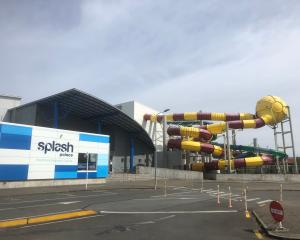
Helicopter crews train regularly to extract themselves from a crash into water, but dragging an unconscious mate from the cabin would have required quick thinking in difficult conditions.
HeliOtago crew chief Doug Flett said crew trained in a crash simulator, in a heated pool at Dive Otago, in Dunedin.
''It is disorientating.''
The simulator was lowered into the water quickly, there was a rush of bubbles and visibility was poor.
''That's in a pool, let alone in the sea where the water's cold, and you've suddenly got that cold, physiological response to the body.
''It takes your breath away.''
Removing an unconscious crew member, as appears to have happened in the Southern Ocean on Monday night, was not part of the training.
''They did exceedingly well to have done that, go back in and get the unconscious victim in the back,'' Mr Flett said.
''He would have been dazed, totally confused and disorientated with the concussion alone.
''I can only imagine what it would have been like.
''It's scary enough doing it in the simulator, let alone in the middle of the Southern Ocean when you've hit the water hard.''
He said the key was to have confidence in the drills.
Releasing the seat belt was the last thing done before getting out of the helicopter, as the immersion suits worn by crews were buoyant, meaning they would immediately float to the roof of the chopper.
Crew were trained to place their hands on safety belt buckles, then use one hand to open the sliding door.
They then ran their hand around the perimeter of the door to make sure it was clear and fully open, before grabbing the top of the door frame.
''The very last thing you do is release your belt buckle, you pull yourself down, and then you exit up.''
Comments
We all owe a massive debt of gratitude to rescue crews all around the country that regularly risk their lives to help us when we are in need.
Sad it takes an incident like this weeks crash for us to be reminded of the reality of the risks these people take.











